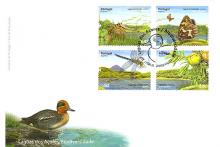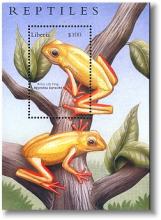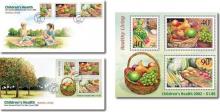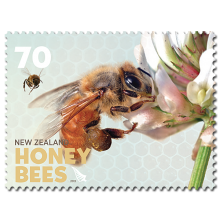De verbetering van de waterkwaliteit in de Maas is in 2012 opnieuw gestagneerd
Dat meldt RIWA-Maas, de vereniging van bedrijven die uit Maaswater drinkwater produceren, bij de publicatie van het jaarrapport "De kwaliteit van het Maaswater in 2012". De vereniging is onder meer verontrust over de aanwezigheid van geneesmiddelen, röntgencontrastmiddelen en industriële stoffen in het Maaswater, maar verzekert dat het gedistribueerde drinkwater betrouwbaar en van zeer goede kwaliteit is. In 2012 zijn de streefwaarden in ruim tien procent van de metingen voor geneesmiddelen en röntgencontrastmiddelen overschreden. Het gaat daarbij om metoprolol, metformine, ibuprofen, aspirine en zes verschillende röntgencontrastmiddelen. "Dit komt overeen met het beeld dat al enkele jaren bestaat. De belangrijkste bron van deze verontreiniging is het dagelijkse gebruik van medicijnen in de huishoudens", legt RIWA-Maas uit. "Al jaren wordt bij overheid en bedrijfsleven aangedrongen op maatregelen, maar die zijn tot nu toe uitgebleven."










